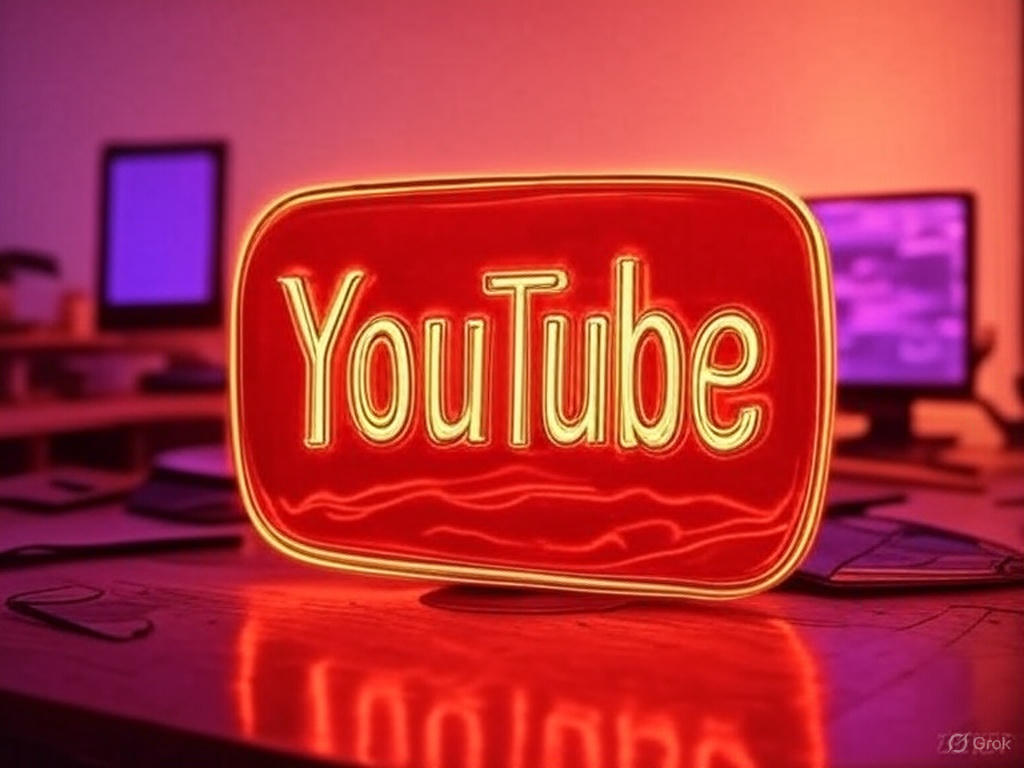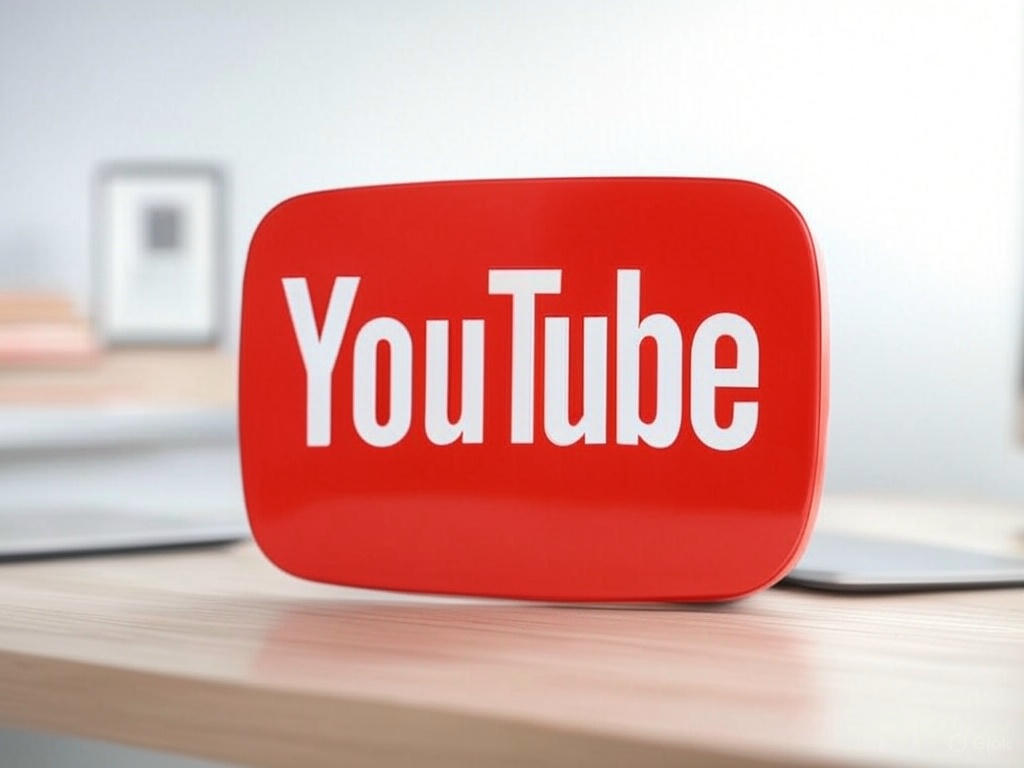So, you’ve got a blog. Maybe it’s a cozy little corner on the internet where you pour your heart out about skincare, tech gadgets, travel adventures, or your pet hamster’s escapades. But now you’re wondering: “How do I turn this passion project into actual income? Like, money-money?”
Well, pull up a chair and grab a coffee (or chai, I don’t judge). I’m about to spill the real tea on the best tools and strategies for blog monetization. No fluff, no fake guru nonsense—just good old-fashioned, been-there-done-that advice mixed with a dash of digital magic.
First, Let’s Talk Mindset: Blogging Ain’t a Get-Rich-Quick Scheme
Before we dive into the tools and tricks, let me be brutally honest: monetizing your blog takes time, effort, and a bit of hustle. Think of it like planting a garden. You can’t just toss some seeds into the dirt and expect a salad by dinner.
You’ll need to water it (aka post consistently), pull weeds (improve your SEO), and eventually, you’ll see your efforts bloom into real income streams.
Strategy #1: Affiliate Marketing – The Lazy Genius Method
Ever recommended something to a friend and thought, “Dang, I should get paid for that?” Welcome to affiliate marketing!
Tools to Use:
- Amazon Associates: The OG of affiliate programs. From books to blender bottles, Amazon has it all.
- ShareASale & CJ Affiliate: These are affiliate marketplaces where you can find programs in every niche imaginable.
- Lasso or Pretty Links: These WordPress plugins help cloak, track, and manage your affiliate links like a pro.
Pro Tip:
Choose products you genuinely use or trust. Readers can smell a fake promo from a mile away. I once promoted a hair mask I hated (rookie mistake), and let’s just say…my bounce rate wasn’t the only thing that took a hit.
Strategy #2: Display Ads – The Set-It-and-Forget-It Income
Ah yes, the passive dream. Slap some ads on your blog and watch the dollars trickle in while you binge Netflix. Kinda.
Best Ad Networks:
- Google AdSense: Great for beginners. Easy to set up, but don’t expect big bucks unless you have major traffic.
- Ezoic: Requires around 10,000 sessions/month. Uses AI to optimize ad placement. Not bad for passive income.
- Mediavine: The gold standard for lifestyle bloggers. But you need 50,000 sessions/month to qualify.
Real Talk:
Don’t rely solely on ads unless you’re raking in traffic like a Black Friday sale. They’re better as a supplementary income stream.
Strategy #3: Digital Products – Your Money-Making Brainchild
You know what’s better than selling someone else’s stuff? Selling your own. Digital products are where the big money often hides.
Product Ideas:
- Ebooks & Guides (e.g. “30-Day Skincare Reset”)
- Printable Planners or Journals
- Online Courses or Workshops
- Presets, Templates, or Toolkits
Tools to Help:
- Gumroad or SendOwl: For selling simple products.
- Teachable or Thinkific: For online courses.
- Canva: Your BFF for designing printables without going mad.
My Experience:
I once created a PDF checklist on “How to Launch Your Blog in 7 Days” and sold it for $9. It took me a weekend to make, and it still brings in passive income. Wild, right?
Strategy #4: Sponsored Posts – Get Paid to Talk About Brands
If you’ve got decent traffic or a loyal audience, brands will want to work with you.
Where to Find Sponsors:
- Influencer marketplaces like Intellifluence, TapInfluence, and Cooperatize
- Pitch directly to brands you love (Pro tip: slide into their DMs or LinkedIn inbox professionally)
Keep in Mind:
Be transparent. Disclose paid partnerships. And never promote something that makes you cringe inside. Trust is your most valuable currency.

Strategy #5: Memberships and Subscriptions – Your Inner Circle
Want to create a cozy VIP club for your superfans? Memberships are where it’s at.
Platforms to Try:
- Patreon: Offers tiers and perks for loyal readers.
- Buy Me a Coffee: Simple and cute way to accept one-time or recurring support.
- Memberful: A bit more robust for subscription-based content.
Think of it like having your own Netflix but for your content.
Strategy #6: Services – Freelancing via Your Blog
You’d be surprised how many people land freelance gigs just because someone stumbled upon their “About Me” page.
Services You Can Offer:
- Content writing or editing
- Blog setup or SEO audits
- Coaching or consulting
Tools to Use:
- Calendly: For booking discovery calls
- Zoom: Duh.
- Stripe or PayPal: To get paid without headaches
I once landed a $500/month content gig from a blog post where I casually mentioned I do freelance writing. That one client stuck around for 8 months. Boom.
FAQs: Let’s Tackle the Juicy Stuff
How long does it take to start making money from a blog?
Honestly? It depends. Some folks start earning in 3 months, others take a year. Consistency, niche demand, and content quality all matter.
Can I monetize a blog with low traffic?
Yes, but manage your expectations. Start with affiliate links or small digital products. Focus on quality over quantity.
Do I need to be on social media to monetize?
Technically, no. But having a presence can help you reach a wider audience and attract sponsors. Choose 1-2 platforms and show up authentically.
What niche is best for monetization?
Some profitable ones include personal finance, health & wellness, beauty, tech, and parenting. But truthfully, passion + strategy wins every time.
Final Thoughts: Your Blog is a Business, Not a Hobby (If You Want It to Be)
Monetizing a blog isn’t about turning into a sales machine. It’s about offering value, building trust, and creating smart pathways to income.
Whether you’re a beauty blogger with a killer lipstick guide or a finance nerd breaking down budgeting, there’s room (and revenue) for you.
So, start small. Pick one monetization strategy. Test. Tweak. Repeat. Before you know it, that side hustle blog could be paying for your coffee—or even your rent.
Your Turn!
Have you tried monetizing your blog? What’s worked (or flopped) for you? Drop your stories, wins, or fails in the comments below. Let’s learn from each other.
And hey, if you found this helpful, consider sharing it with a blogger friend or buying me a virtual coffee ☕. Because karma’s real, and so is rent.
Cheers to turning passion into profit!














